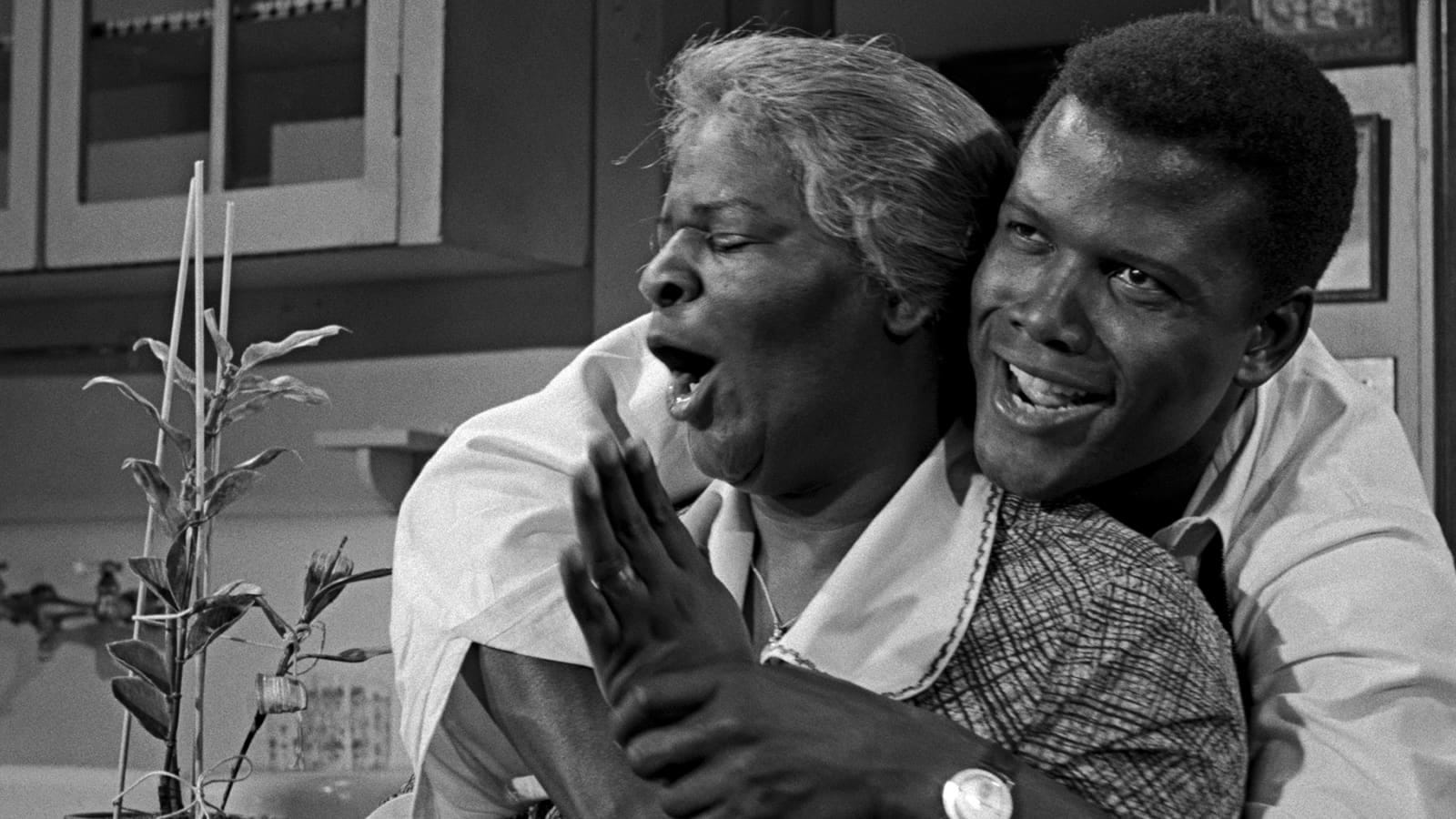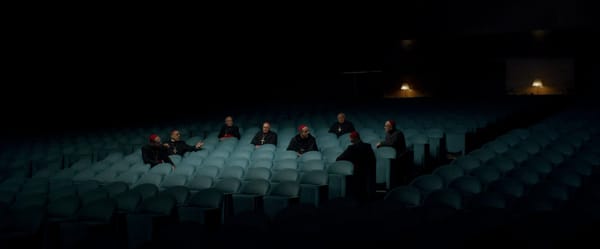The art of conversation
How we find each other through art

I have for the past couple of years considered myself spiritually retired.
At nearly every event, show, or movie I’ve been to in recent years, I’m not just the youngest person in the room but also the youngest by at least four or five decades. It might be because of my disdain for late nights, which steers me towards matinées, or maybe it’s in my preference for quieter occasions of experiencing art in a dark silence amongst strangers.
However, in the liminal moments before the lights went down for a production of A Raisin in the Sun, one of those strangers struck up a conversation.

Before this encounter arose, I was taken aback to learn that A Raisin in the Sun is not the widely esteemed play I assumed it to be.
Perhaps it’s because of my happening to be in England where it’s not a commonly prescribed classroom text or maybe I’m just hanging around the wrong people…? Nonetheless, I was surprised by how few people recognised the play’s name when I mentioned it as my plan for that weekend.
Lorraine Hansberry’s 1959 play, A Raisin in the Sun, is about the Younger family who are anxiously anticipating the arrival of a ten-thousand-dollar insurance cheque, which they envision will radically change the quality of their lives. Each family member has their own hopes and dreams tied to the incoming money but it’s the steadfast son whose dream of becoming a successful businessman threatens the family’s future.
I first read A Raisin in the Sun at the height of lockdown between banana-bread baking and academic articles for online university seminars. Apart from my newfound adoration for Shakespeare at the time, I’d never been one for reading plays. Yet there was something in Hansberry’s writing that felt addictive and spirited. Her words and her characters were oozing with life in a way I’d rarely experienced in fiction.
Naturally, this led to my watching the 1961 movie adaptation soon after, which became the catalyst for making an unexpected acquaintance during my theatre outing.

“Nice and close,” the stranger said when she took her seat beside me.
We were in the second row of the Oxford Playhouse right along the aisle.
“We’re basically in the show,” I said.
She laughed and explained that she preferred being near the stage because of her waning hearing at the age of eighty. She asked if I’d seen the play before. I said that I hadn’t but that it was my favourite play and I enjoyed the movie with Sidney Poitier.
It turned out that she loved Poitier. She spoke fondly about her growing up watching all the now-classic films at the cinema run by her family. While she grew up seeing Poitier on the big screen at the height of his career, I came to know him sixty years later as an established Hollywood legend. From A Raisin in the Sun and In the Heat of the Night to Guess Who’s Coming to Dinner and To Sir, with Love, Poitier’s humble on-screen presence charmed audiences at the time of his star performances and continues to do so generations later.
“There is always something left to love. And if you ain’t learned that, you ain’t learned nothing.”
— A Raisin in the Sun
I’ll be the first to admit that contemporary cinema of the past two decades is my true sweet spot when it comes to film, but there’s something to be said about reaching beyond the genres and periods we typically find within arm’s reach. Although a tunnel-visioned pursuit of being “cultured” can quickly morph into a perilous dark hole, a rare moment of connection with a stranger in the theatre is what makes the work of seeking out a wider cultural repertoire worthwhile.
I am constantly in awe of art’s ability to transcend time and space, bringing humans into communion along the way. Where would we be without the rousing debates over the meaning of a painting and impassioned sing-alongs to Broadway musicals? For so much of who we are and who we keep as company is built on the words of writers, in the painter’s brushstrokes, and between the spaces of a composer’s notes.





